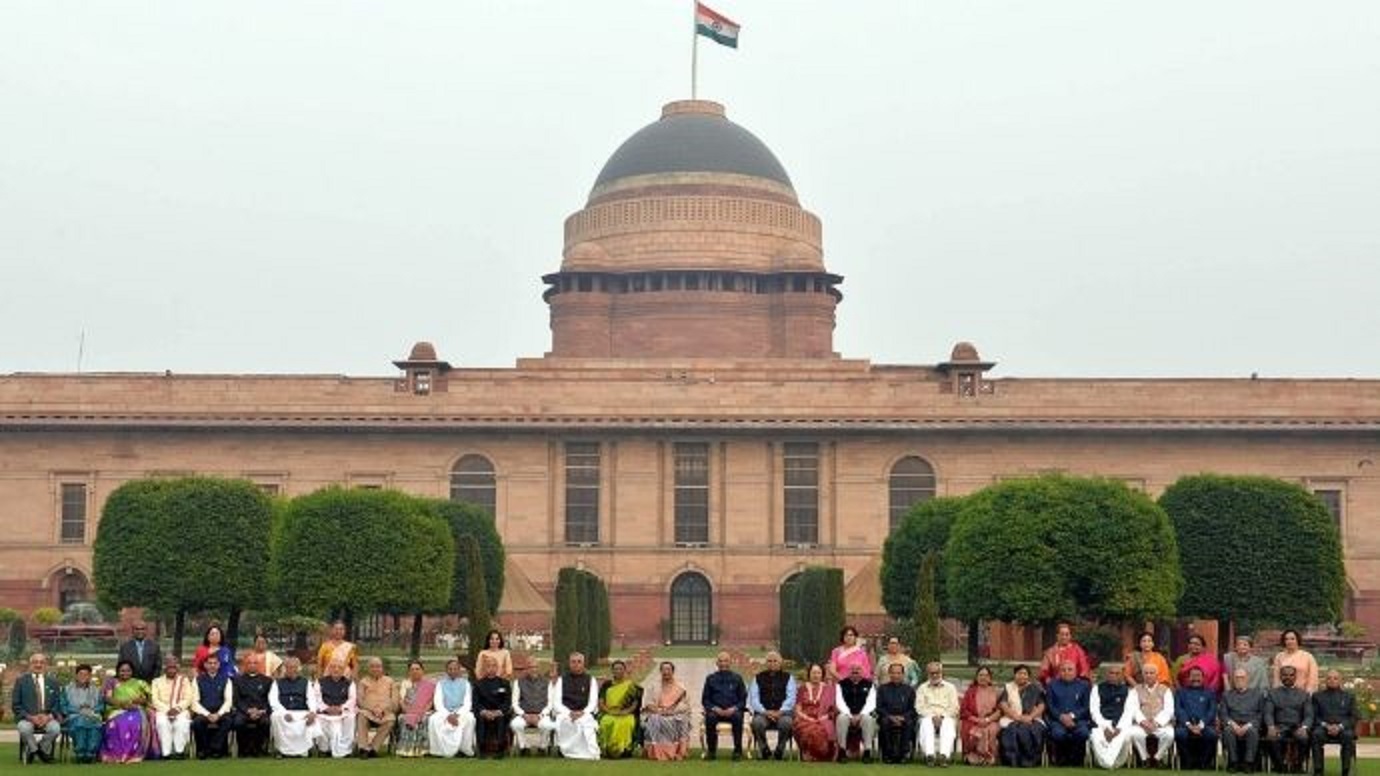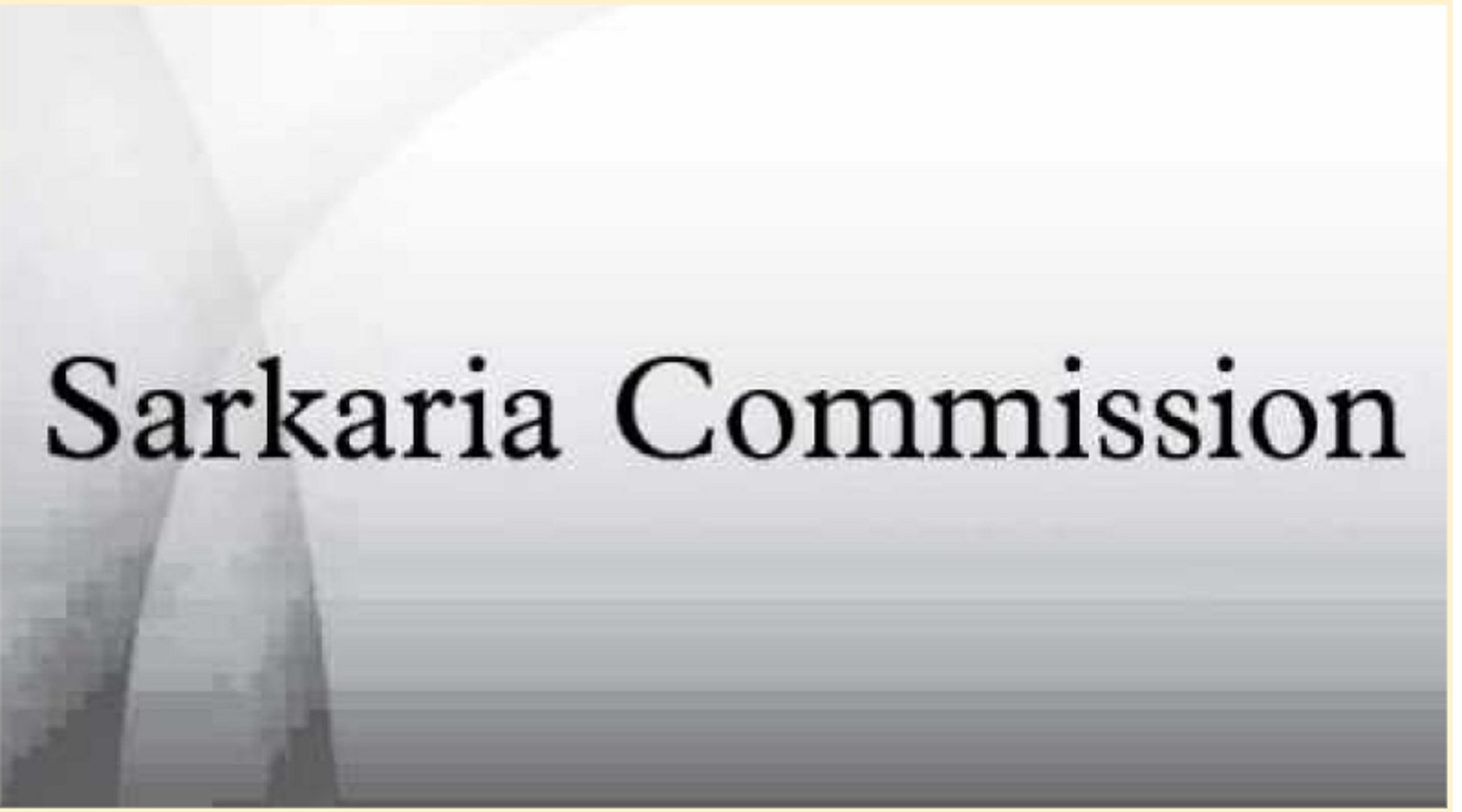- The Indian democratic form of governance is not only widely acknowledged as a very successful one but also has proved to be inspirational around the world and worthy of emulation. No wonder, we Indians, are proud of this indubitable fact of how such a diverse country continues to surge ahead despite encountering any number of challenges posed by its very inherent contrasts. Of course, it’s worthwhile to recollect and express our immense gratitude to our forefathers for coming out with a well-planned Constitution showing fabulous foresight, immense wisdom, wonderful comprehension, and tremendous insight to produce a document that would form the fundamental basis for the country. A big salute to our constituent assembly forefathers.

PC: Dailyo
- As you are aware, the country since gaining independence has amended the Constitution on several occasions ushering in much-needed changes in line with the evolving times. Yes, the political narrative has since been polarized on communal versus secular lines. The federal structure of the governance means the regional parties have gained immense strength and presence to pose formidable challenges to the national parties. The three pillars of the Constitution viz. the legislature, the executive, and the judiciary have ensured the mandated rights of the citizens are not compromised. We know that the president of India is a ceremonial head, and the highest executive of the country is the Prime Minister representing the people’s mandate.
- Further, the governors are the ceremonial heads of the state where the executive power rests with the elected chief ministers. However, since the country came into existence, the gubernatorial positions have mostly become political appointees, to placate retiring politicians by offering these posts. Unfortunately, the experience suggests these appointees are mostly at loggerheads with the elected government posing obstacles to the smooth functioning of the administration. If both the central and state governments are governed by the same political party, the friction will be almost non-existent. However, if dissimilar, expect troublesome relationships to become the order of the day completely spoiling the harmonious coexistence of the heads.

PC: Testbook
- How often have we not read the friction between the governor and the state administration coming in the way of the passage of crucial bills passed by the legislative assemblies? Now, governors are supposed to be apolitical. Of late, the country is witness to governors becoming unduly proactive positioning themselves as power to reckon with. Thus, the governorship is no longer only a luxury retirement posting for party veterans and favorite officers. Some are also jumping back into the heat and dust of the poll battle. The long-forgotten Sarkaria Commission from 40 years ago, which reviewed Centre-State relations, had suggested minimum requirements to be governor. One of these was the person should not be an active politician. That is being thrown into the wind. Governors are resigning and preparing to contest polls. You can’t stop them.






